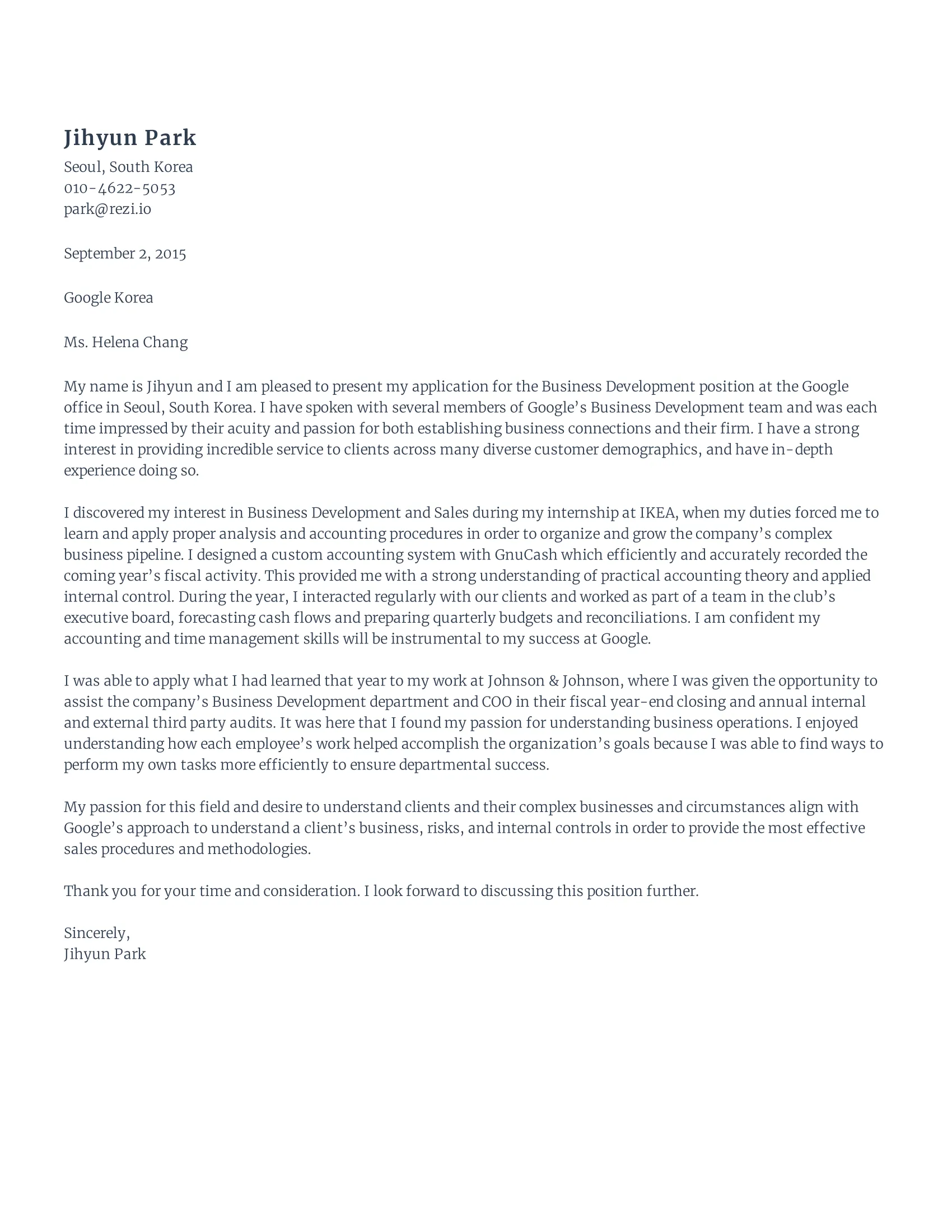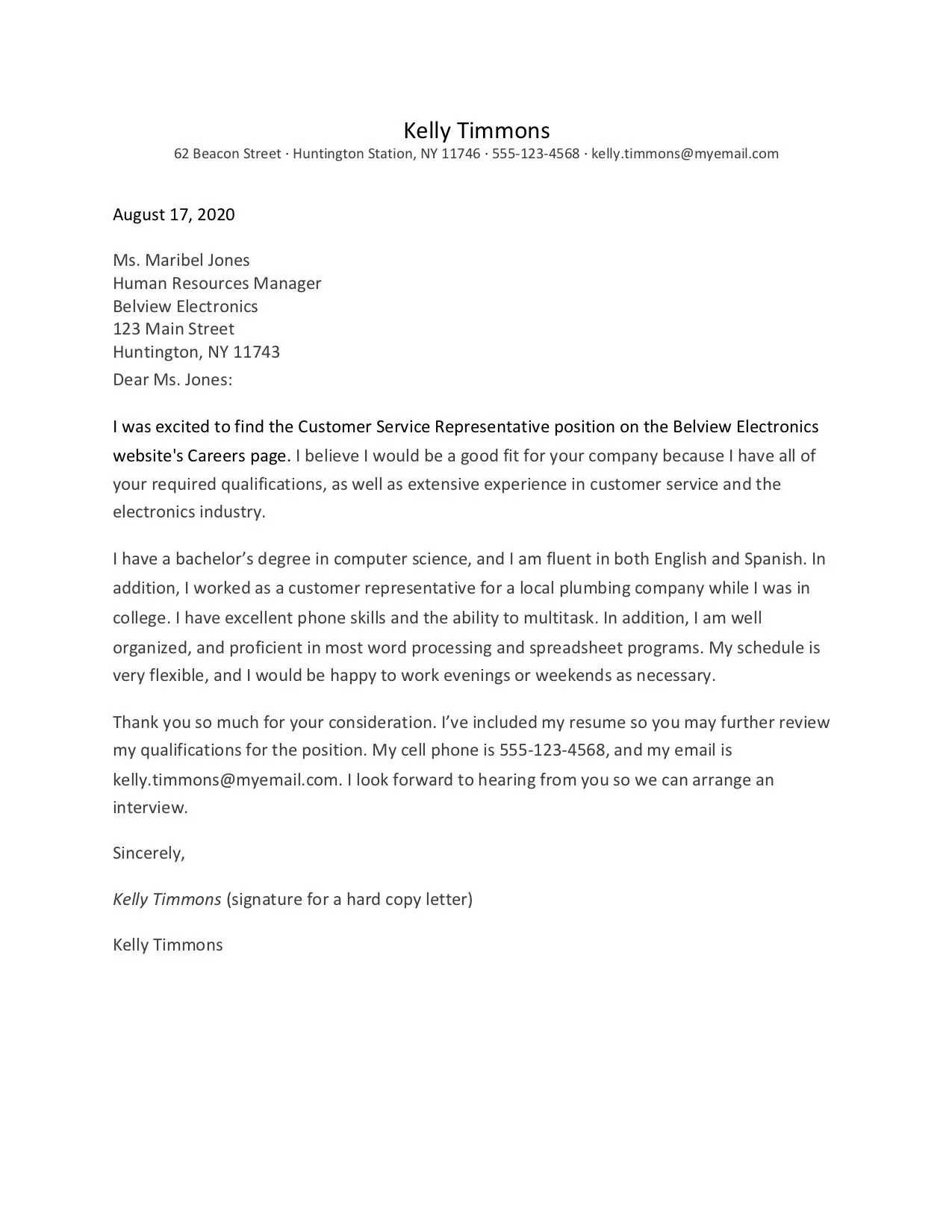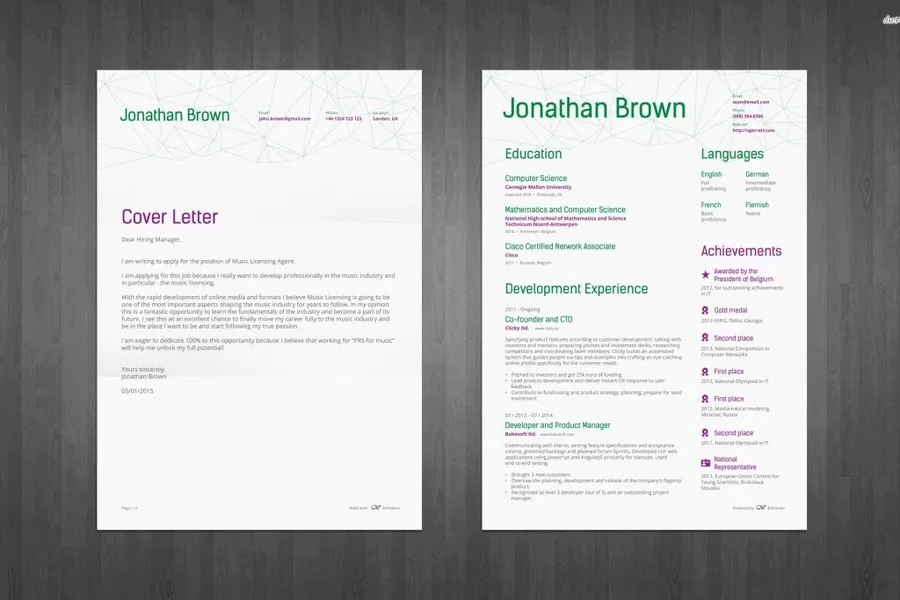Cover Letter Essentials
A well-crafted cover letter is your first chance to make a strong impression on a potential employer. It’s more than just a formality; it’s your opportunity to showcase your personality, demonstrate your interest in the specific role and company, and highlight how your skills and experience align with their needs. A compelling cover letter can significantly increase your chances of landing an interview, setting you apart from other candidates. This guide will walk you through the essential components of a great cover letter, providing actionable tips to help you create a document that grabs attention and gets you noticed. Remember, your cover letter is a reflection of your professionalism and attention to detail, so it’s crucial to invest the time and effort to make it shine.
Researching the Company
Before you even begin writing, thorough research is paramount. Understanding the company’s mission, values, recent projects, and industry standing is crucial. This knowledge allows you to tailor your letter to their specific needs and demonstrate your genuine interest in joining their team. Visit their website, explore their social media presence, and read news articles or press releases about the company. This research will inform how you frame your skills and experience in the context of their specific goals and challenges. Showing that you’ve done your homework immediately makes you a more attractive candidate because it proves you care enough to go the extra mile.
Demonstrating Your Understanding

Once you’ve researched the company, use your cover letter to demonstrate your understanding of their business and the role you’re applying for. Explain why you’re excited about their work and how your skills align with their objectives. Mention specific projects, initiatives, or values that resonate with you. Avoid generic statements like “I am a hard worker.” Instead, use your research to express your understanding of the company’s challenges and how you can contribute to their success. This targeted approach immediately shows you’re not just sending out a mass application; you’ve taken the time to understand their needs and tailor your application accordingly.
Highlighting Relevant Skills
A successful cover letter should clearly highlight the skills and experience most relevant to the job you are applying for. Review the job description carefully and identify the key skills and qualifications the employer is seeking. Then, select specific examples from your past experiences that demonstrate your proficiency in these areas. Don’t just list your skills; provide context by describing situations where you utilized them and the results you achieved. Use action verbs to describe your accomplishments. This will help employers quickly see the value you bring to the table. Remember to quantify your achievements whenever possible to make them more impactful.
Quantifying Your Achievements
Whenever possible, quantify your achievements to make a compelling case for your candidacy. Numbers and data provide concrete evidence of your abilities and demonstrate the impact you’ve made in previous roles. Instead of saying “Improved customer satisfaction,” specify by how much – “Improved customer satisfaction by 15% within six months.” Use metrics like percentages, dollar amounts, or timeframes to illustrate your successes. This not only makes your accomplishments more convincing but also demonstrates your ability to analyze data and measure results. Quantifying your achievements helps potential employers understand the tangible value you can bring to their organization. This is very important for your cover letter.
Showcasing Your Personality

While professionalism is essential, your cover letter is also an opportunity to let your personality shine through. Use a professional but engaging tone that reflects your individual style. Avoid sounding overly formal or robotic. Injecting your personality helps the hiring manager get a sense of who you are and how you might fit into their company culture. This could include mentioning your passion for the industry, your enthusiasm for the role, or sharing a brief anecdote that illustrates your values or work ethic. However, ensure your personality complements the professional image you want to project. This balance can help you stand out and make a lasting impression.
Maintaining a Professional Tone
Even as you infuse your personality, always maintain a professional tone. Avoid using slang, jargon, or overly casual language. Your cover letter is a formal document, so it’s essential to project a polished and professional image. Ensure your language is clear, concise, and grammatically correct. Proofread carefully for any errors. The tone of your cover letter reflects your attention to detail and your understanding of workplace communication norms. This ensures you create a good first impression, demonstrating your respect for the hiring manager and the company. This respect can be very important for your application.
Proofreading and Editing
Proofreading and editing are crucial steps that can significantly impact the effectiveness of your cover letter. Errors in grammar, spelling, or punctuation can undermine your credibility and make you appear careless or inattentive. Before submitting your cover letter, carefully review it multiple times, preferably with a fresh pair of eyes. Use spell-check and grammar-check tools, but don’t rely on them completely. Ask a friend, family member, or career advisor to review your letter and provide feedback. A well-proofread cover letter showcases your professionalism and attention to detail. It leaves a positive impression, ensuring that your qualifications and experience are the focus of the hiring manager’s attention.
Ensuring a Clear Structure

A clear and organized structure makes your cover letter easy to read and understand. Use a standard business letter format, including a professional heading, salutation, body paragraphs, and closing. Each paragraph should focus on a specific point or skill, using concise and impactful language. Avoid long, rambling sentences that can lose the reader’s attention. Aim for a logical flow, where each section builds upon the previous one. Consider using bullet points to highlight key skills or achievements. A well-structured cover letter demonstrates your ability to communicate clearly and efficiently, making it more likely that your message will be understood and remembered.
Following these essential tips can help you create a compelling cover letter that grabs attention and increases your chances of landing an interview. Remember to tailor each letter to the specific job and company, showcasing your unique skills and experience. Good luck with your job search!
